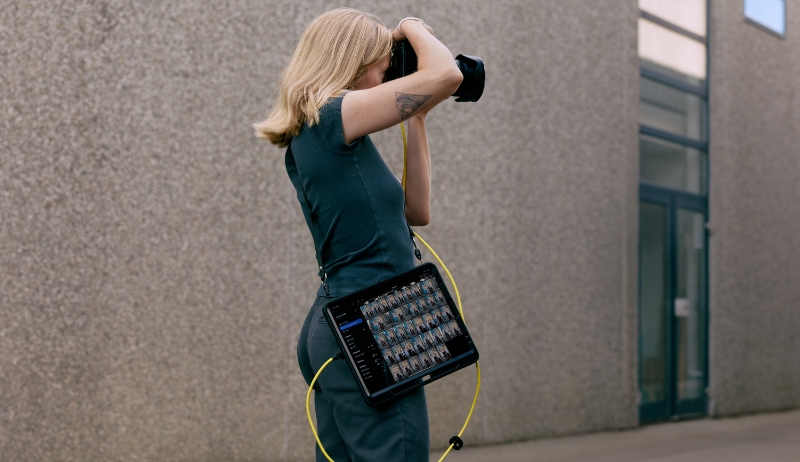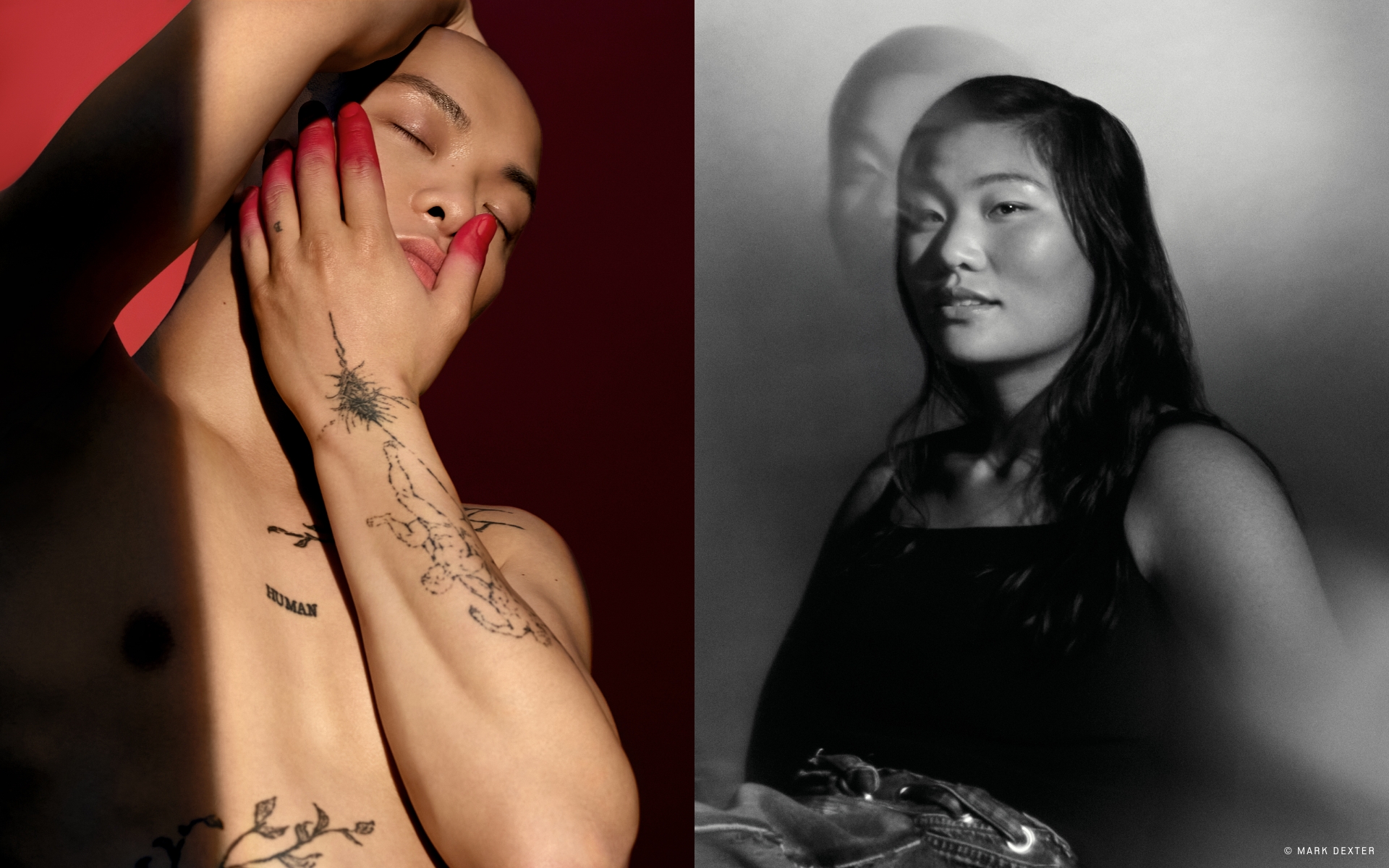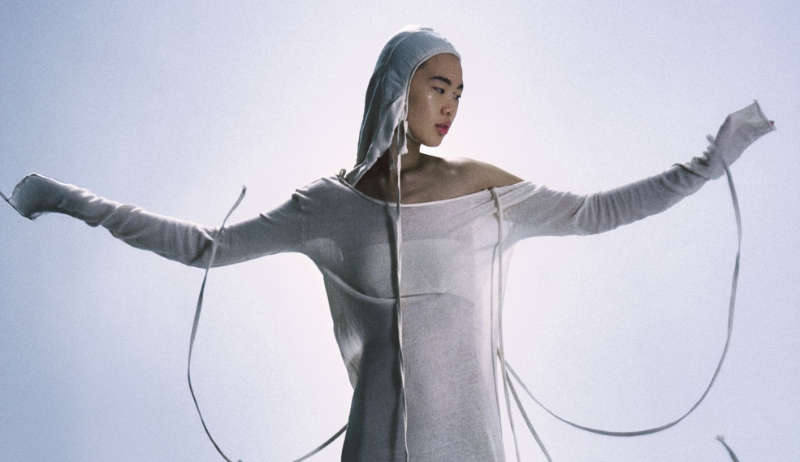How Sarah Silver stays creative by being organized
Fashion and beauty photographer Sarah Silver might be best known for her bold, playful, and colorful visuals, but behind every image lies a bulletproof workflow and process that make it all possible. For Sarah, creativity doesn’t come from chaos. It’s built on structure. In this quick Q&A, she shares how preparation fuels her imagination, the systems that keep her shoots running smoothly, and the tools she relies on from concept to final export. What’s essential when prepping for a shoot? There’s so much information coming at me from all sides while prepping a shoot, so filing everything properly for easy retrieval is a MUST. I have pre-made digital folders, shoot sessions, job checklists/tasks, and naming conventions that keep me on track and consistent for EVERY project I undertake. I find that if all the pieces are in the right place, it opens my mind to maximum creativity. Do you have any post-production advice for us? Post means so much more to me than just retouching. It also includes proper file storage. When backing up files after a shoot, I use on-site RAIDS …



